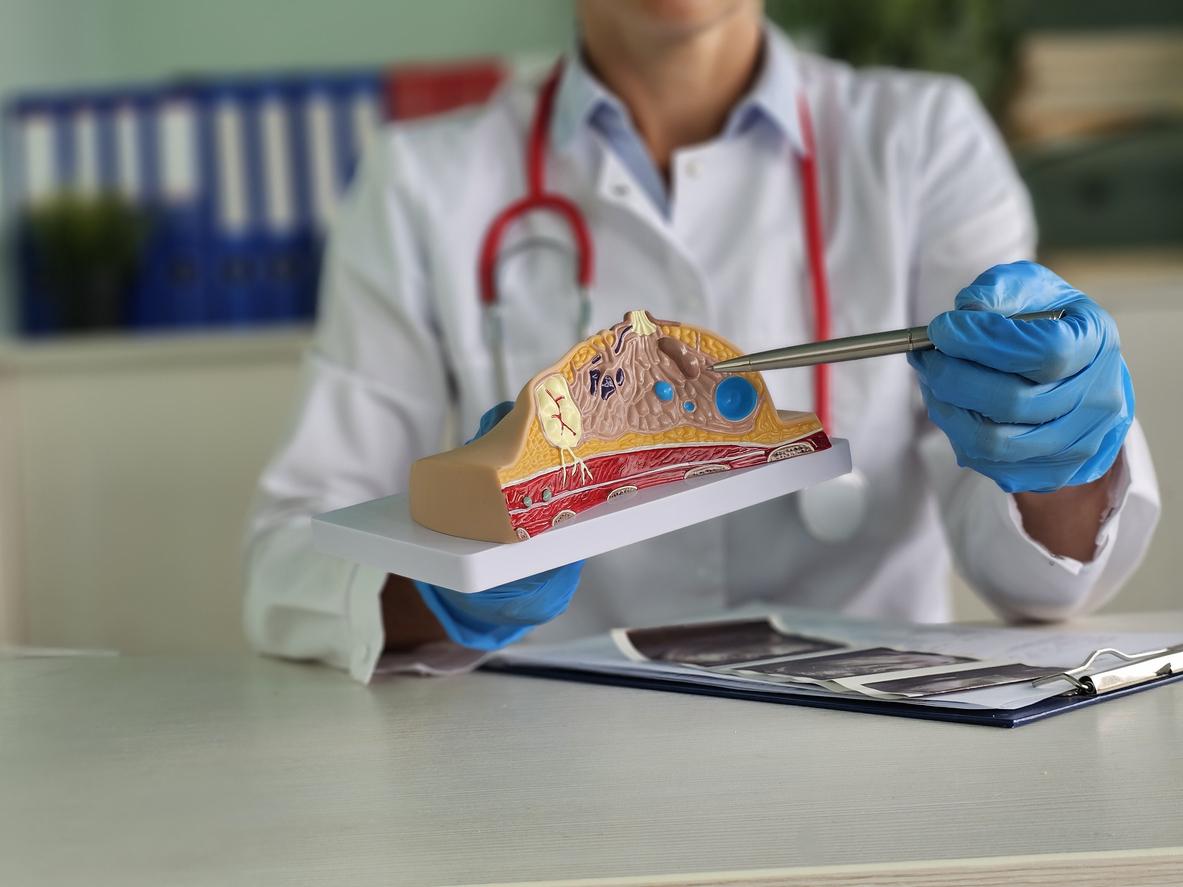Gastric band surgery is widely used in obesity. The food enters the stomach less quickly, you are less hungry and lose weight.
The digestive process begins in the mouth, where we break down the food by chewing and adding saliva. Digestion continues in the stomach, where the food is converted into a porridge-like substance, the chyme (medical name: chyme).
The chyme flows through to the small intestine. Here the food is further digested by enzymes from the pancreas and liver. Nutrients and vitamins are also extracted from food in the small intestine. The cladding of the small intestine consists of small frill-like projections called intestinal villi. These allow the digested food to be absorbed into the bloodstream.
A laparoscopic (= ‘keyhole surgery’) gastric band surgery is one of the more common treatments for obesity, because the digestive tract remains completely intact. In this operation, a silicone band is placed around the upper part of the stomach, creating a small pouch. The inside of the silicone band can be inflated with saline, or the doctor can deflate it to adjust the band width. The band is connected with a tube to a reservoir, which is placed under the skin and fat of the abdomen. After surgery, the doctor can control the band width by injecting saline into the reservoir.
Below the band, the lower, larger part of the stomach remains intact. These two parts of the stomach are connected to each other through a small opening. Now the food from the upper stomach pouch to the lower part of the stomach passes through this opening, or stoma, much slower. Due to the delayed voiding, the patient has a feeling of fullness sooner and is much less hungry between meals.
















